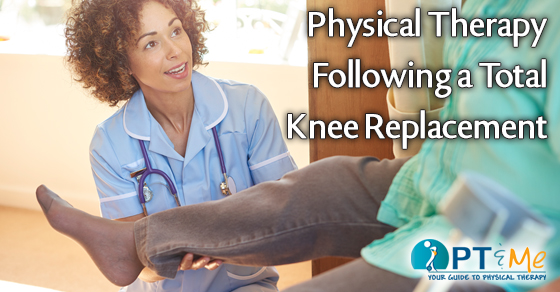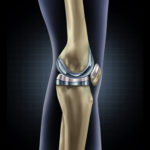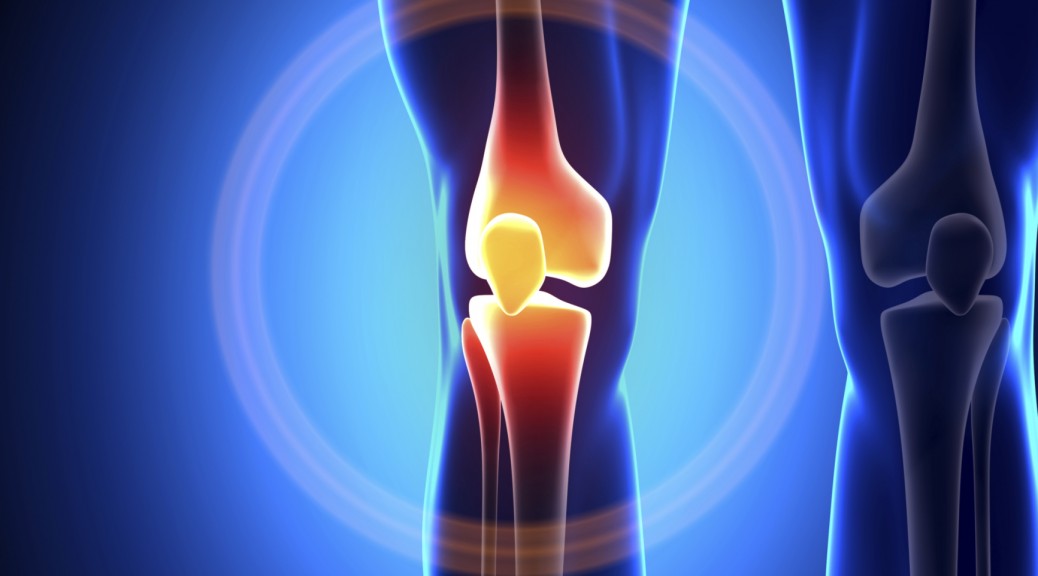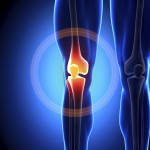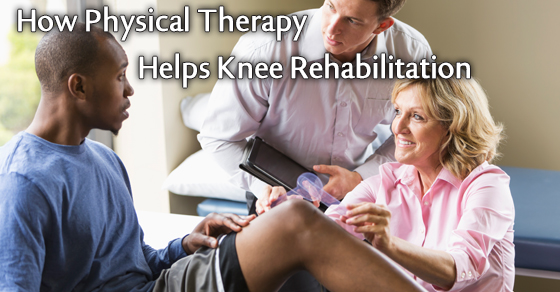
Physical therapists can provide more than pre/post surgical knee rehabilitation for patients experiencing knee pain.
What Causes Knee Pain?
The knee is a relatively simple joint required to do a complicated job…to provide flexible mobility while bearing considerable weight. While walking down the street, our knees bear three to five times our body weight. When the knee is overstressed in sports or in everyday activities, these structures can break down — and a knee injury occurs.
Common Knee Problems Seen by Our Physical Therapists:
- Strain / Sprain
- Arthritis Pain
- Muscle Weakness
- Ligament Sprains
- ACL Tears
- Tendinitis (ie: Patellar, Pes Anserinus)
- Chondromalacia Patella
- Patellofemoral Syndrome / Knee Pain
- Pre / Post Operative Therapy
How Physical Therapy Provides Knee Rehabilitation
Rehabilitation acutely after knee surgery or a knee injury primarily centers around decreasing swelling in the knee joint. Even a small amount of fluid inhibits the quadriceps muscle on the front of knee by slowing the signal for movement traveling from the brain to the muscle. Manual techniques to decrease muscle spasm and improve length tension relationships of soft tissue are also incorporated. Gradually, exercises to increase strength, range of motion and functional mobility are introduced.
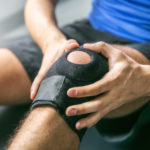
Treatments Offered Include:
- Comprehensive evaluation with an emphasis on determining the source of the problem
- Individualized and specific exercise programs
- Manual therapy (hands-on treatment)
- Modalities as needed
- Work and sport specific simulations
- Progressive home program to help restore independence and self-management
Knee Rehabilitation Goals:
- Reduce Pain
- Improve Mobility
- Movement Awareness/Gait Training
- Functional Strength
- Patient Education
For more information on knee injuries visit our PT & Me Knee Injury Center page by clicking here.
The PT & Me Injury Center goes over diagnoses on how physical therapists treat specific injuries.
To find or search for a local participating PT & Me physical therapy clinic in your local area please click here.

